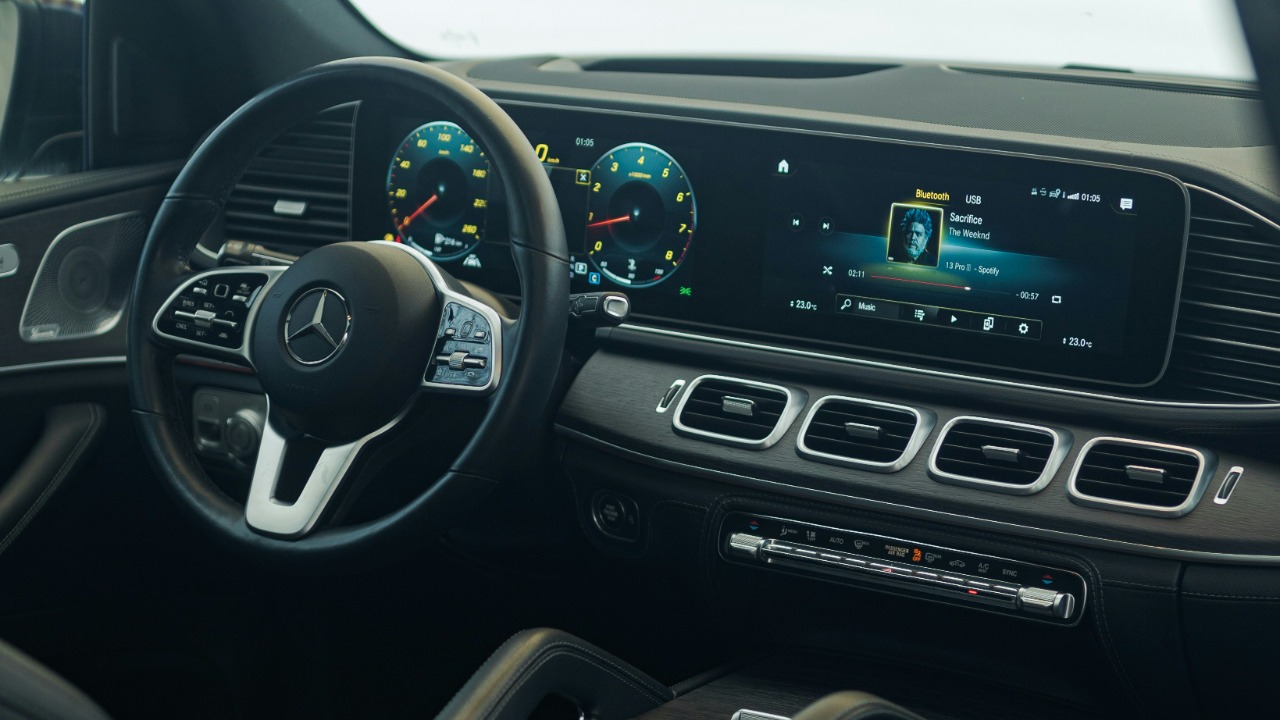
The automotive world is filled with innovative ideas that have driven the industry forward. Yet, not every invention hits the mark, and some have left automakers scratching their heads in hindsight. From quirky designs to technological missteps, these are some features that automakers might wish they could erase from history.
Pop-Up Headlights
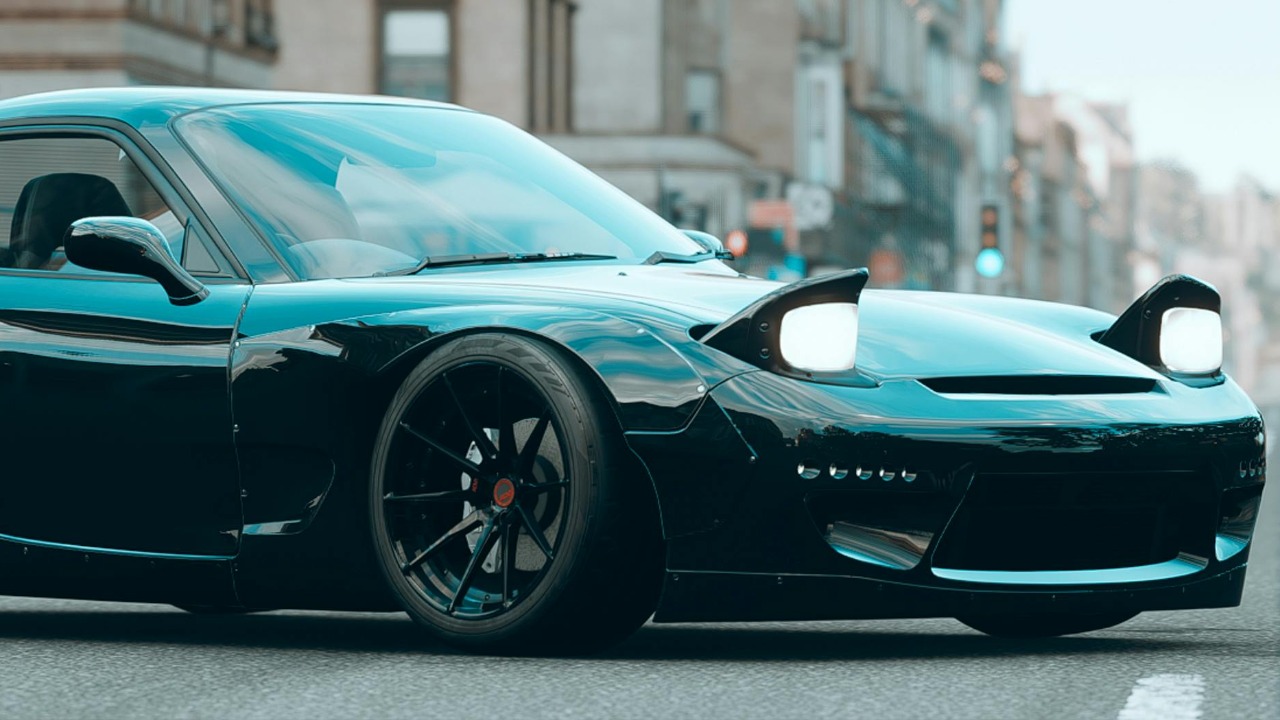
Pop-up headlights were the epitome of cool in the ’80s and ’90s, offering a sleek and futuristic look. However, the reality was far less glamorous. These headlights were prone to mechanical failure, and their aerodynamic disadvantage became apparent. As safety regulations evolved, the features became obsolete. For those nostalgic for this design, some still believe they should be revived, as discussed here.
Automatic Seatbelts

Automatic seatbelts seemed like a great idea to improve safety without user intervention. However, the mechanism often left passengers feeling trapped or uncomfortable. The system was not foolproof and could malfunction, leading to more inconvenience than protection. Eventually, advancements in airbag technology and traditional seatbelts rendered this feature unnecessary.
Vinyl Roofs
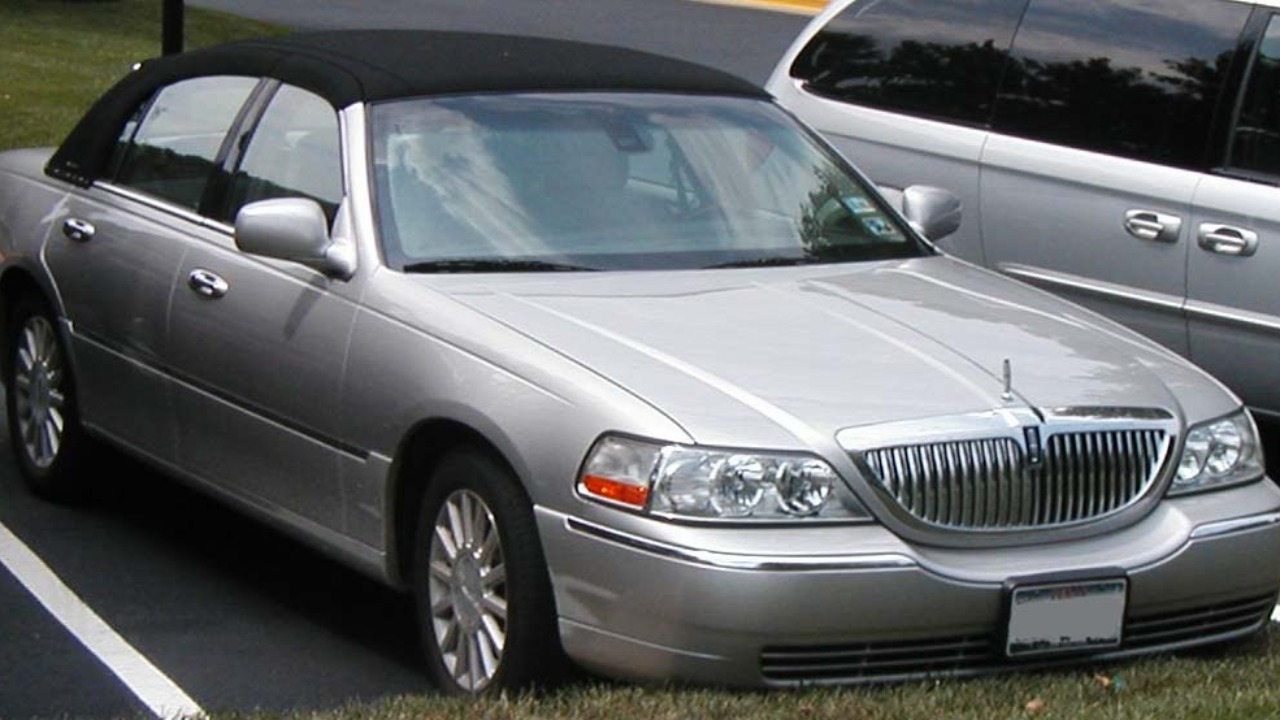
Vinyl roofs attempted to provide an upscale appearance reminiscent of a convertible top. In practice, they were more problematic than stylish. The material was susceptible to wear and damage from the elements, leading to unsightly peeling and cracking. Despite their initial popularity, vinyl roofs quickly fell out of favor as car designs and materials advanced.
Digital Dashboards of the ’80s
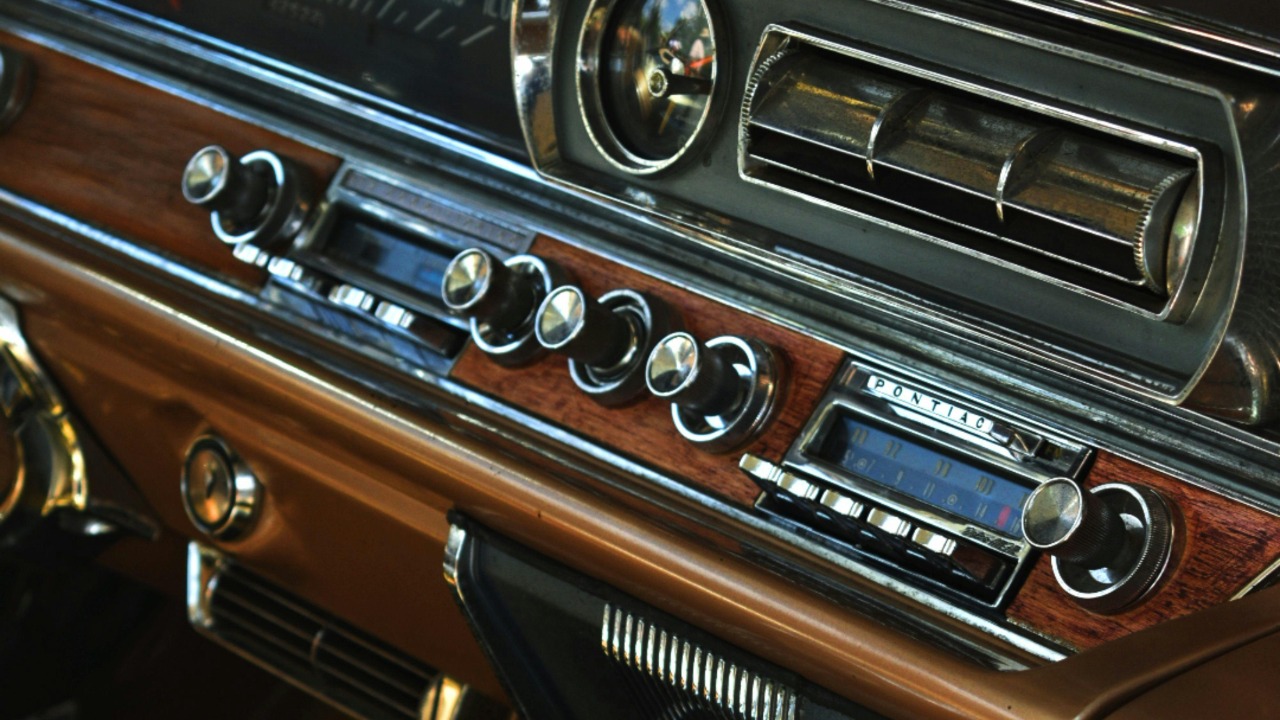
The digital dashboards of the ’80s promised a futuristic driving experience with flashy displays. However, early technology was unreliable, with screens prone to failure and difficult to read in sunlight. They quickly became outdated as more intuitive and reliable interfaces emerged. For an exploration of the era’s car design missteps, this book provides a comprehensive look.
Curb Feelers
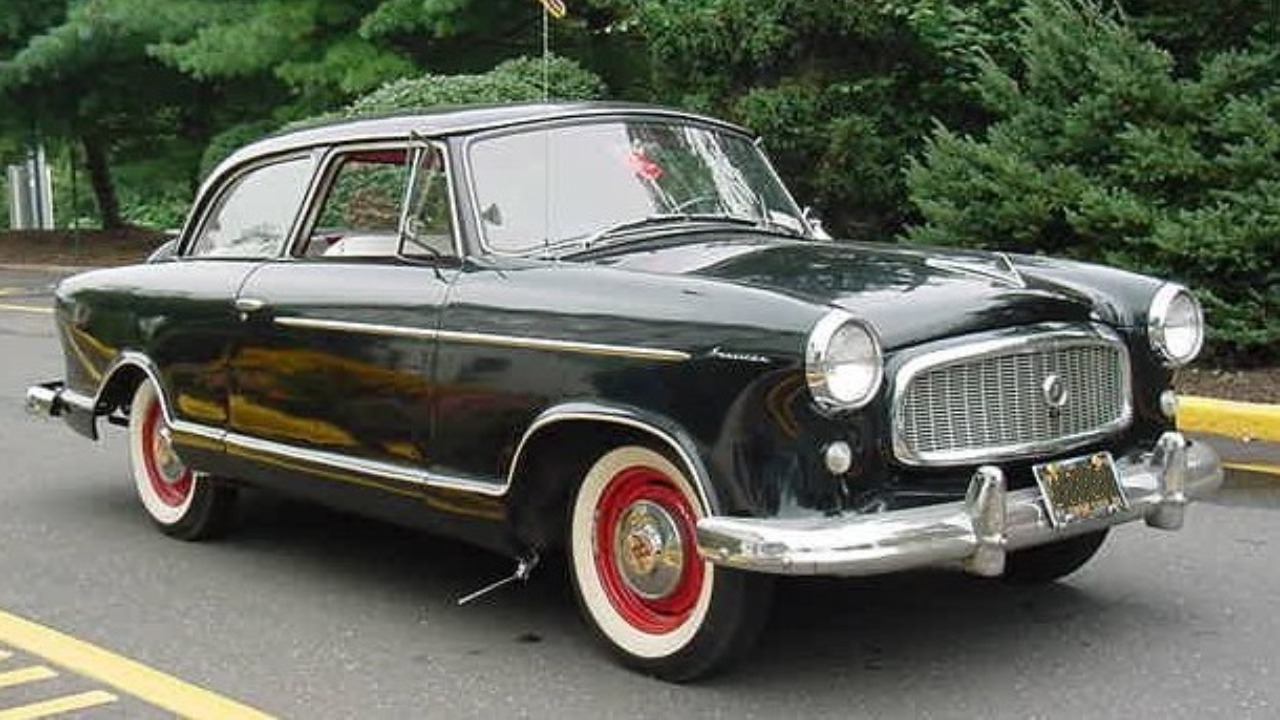
Curb feelers were thin metal rods attached to the vehicle to prevent curb damage by producing a scraping sound when nearing the curb. While functional, the feature was often seen as unsightly and unnecessary as drivers became accustomed to parking sensors and cameras. Curb feelers have largely disappeared, making way for more sophisticated parking aids.
Car Phones
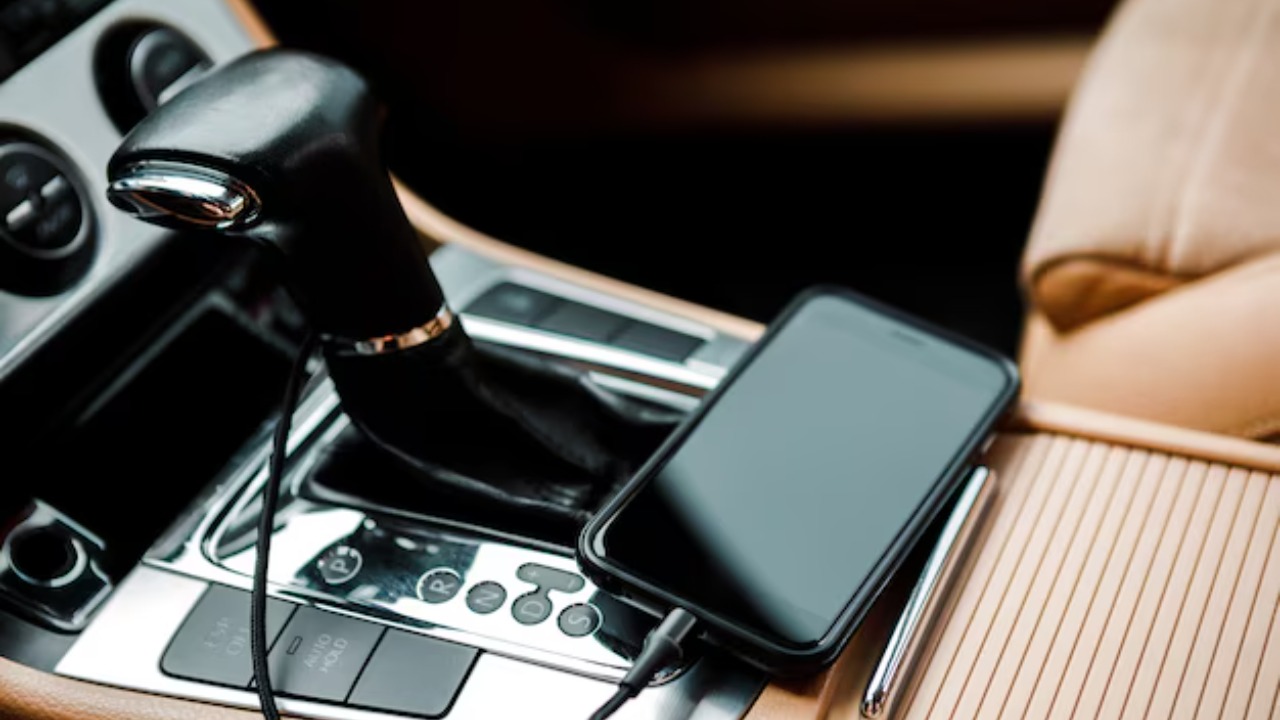
In the pre-smartphone era, car phones were a symbol of luxury and convenience. However, they were bulky, expensive, and required installation. As mobile technology advanced, the need for a dedicated car phone diminished rapidly. Today’s smartphones and integrated Bluetooth systems offer far superior connectivity and functionality, leaving car phones as a relic of the past.
Third-Row Rear-Facing Seats in Station Wagons

Station wagons with third-row rear-facing seats offered extra passenger capacity, but at a cost. These seats were often cramped and uncomfortable, with limited safety features. Concerns over rear-end collisions and improved seating configurations led to their decline. Modern SUVs and minivans now offer more versatile and safer seating arrangements.
Automatic Climate Control Systems
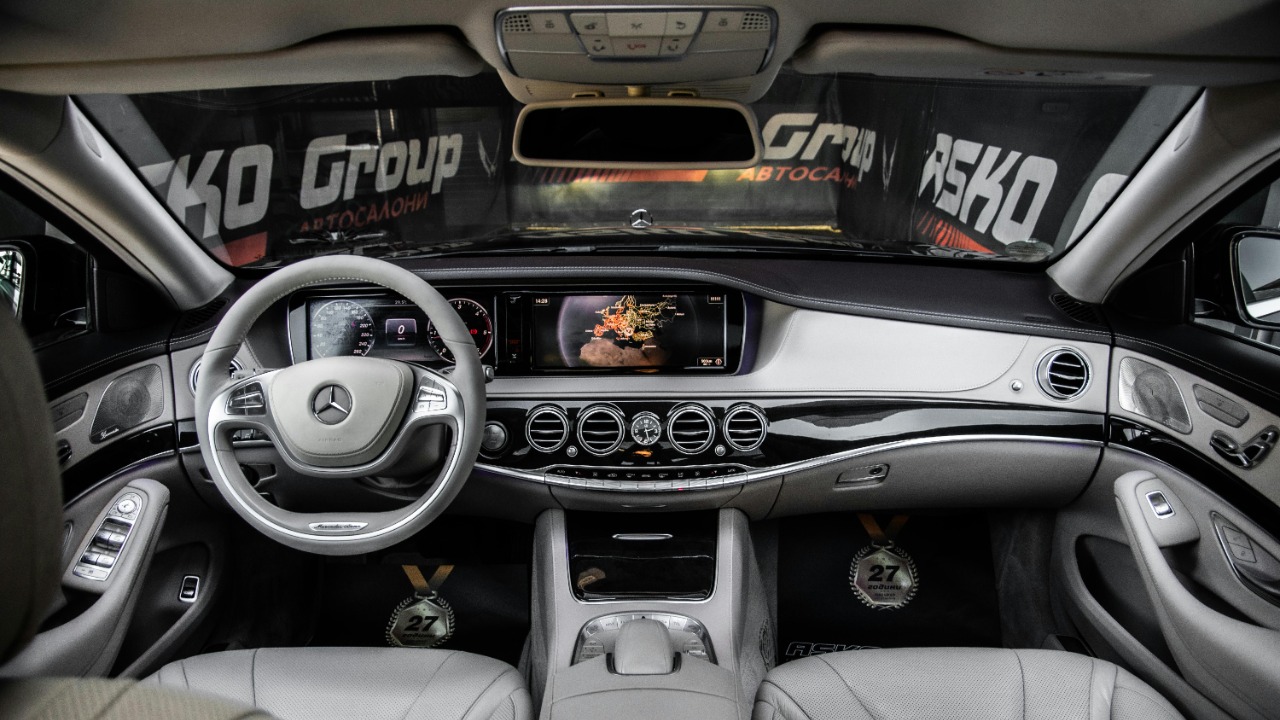
Automatic climate control systems promised comfort by adjusting temperatures for passengers automatically. However, early systems were often inaccurate and failed to meet expectations, leaving occupants too hot or cold. Improved sensor technology and manual controls eventually replaced these early systems, offering more reliable climate management.
Motorized Retractable Antennas
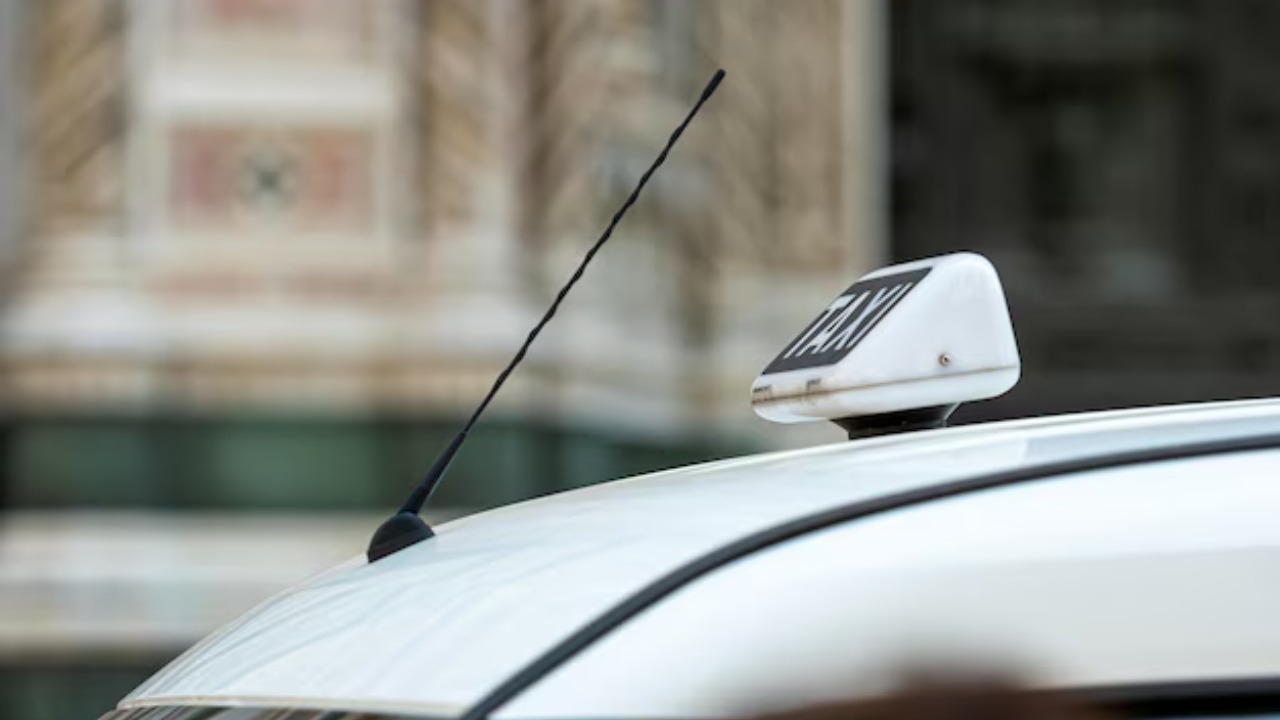
Motorized retractable antennas were designed to protect antennas from damage by retracting when not in use. However, the small motors were prone to failure, resulting in antennas stuck in one position. As radio technology evolved, integrated antennas in windows and roofs became standard, eliminating the need for this troublesome feature.
Car Ashtrays
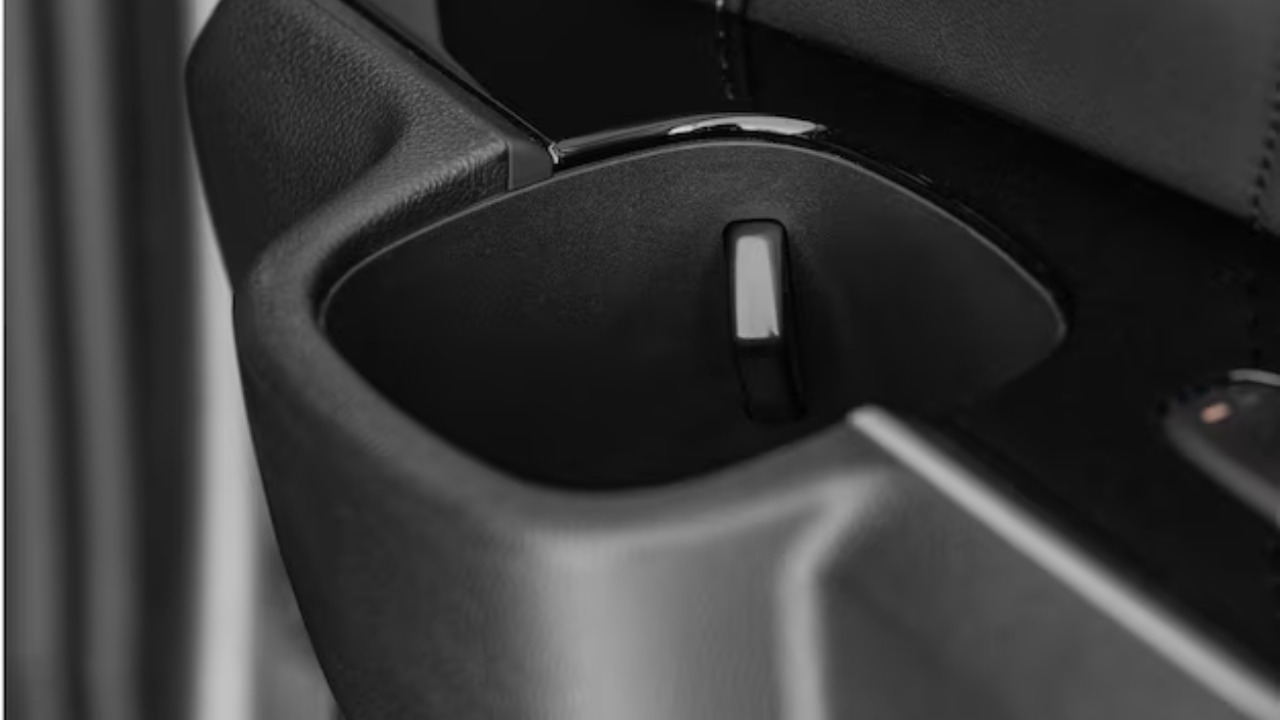
Once a staple in every vehicle, car ashtrays have practically vanished as smoking rates declined and public health awareness rose. These compartments required maintenance and often contributed to unpleasant odors. As society shifted towards smoke-free environments, manufacturers phased out ashtrays in favor of more practical storage solutions. For more on the evolution of car interiors, this reference offers insights.